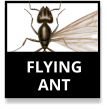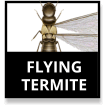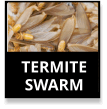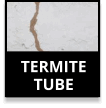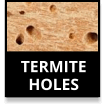Termites are one of the most destructive pests in Warminster, PA, capable of causing severe structural damage before homeowners even realize they have a problem. These silent destroyers thrive in hidden areas like basements and crawl spaces, slowly eating away at wood and compromising the integrity of your home or business.
Did you know? Termites cause billions of dollars in property damage annually across the U.S.
The best way to prevent termite damage is through annual termite inspections and preventative treatments. Our expert termite control services in Warminster help detect infestations early, protect your property, and provide long-term solutions.
If you notice any of these signs, schedule a professional termite inspection immediately to prevent further damage.
In Warminster, Eastern Subterranean Termites are the most common. They live in colonies with three primary castes:
Once inside, they remain active year-round, causing continuous damage.
Pro Tip: Termites are drawn to moisture. Keep crawl spaces well-ventilated to reduce humidity.
We use Termidor® – the nation’s #1 termiticide – to eliminate termites and protect your home or business. Our certified technicians apply the treatment around your foundation, creating a protective barrier that termites unknowingly transfer throughout their colony, leading to complete eradication.
At Newtown Termite & Pest Control, we stand behind our work with our renewable, transferable, triple guarantee:
Experts recommend a professional termite inspection every 2–3 years. Don’t wait until visible damage appears—termites work silently and relentlessly.
Schedule Your FREE Inspection Today!
Courtesy: Newtown Termite & Pest Control, Inc.
